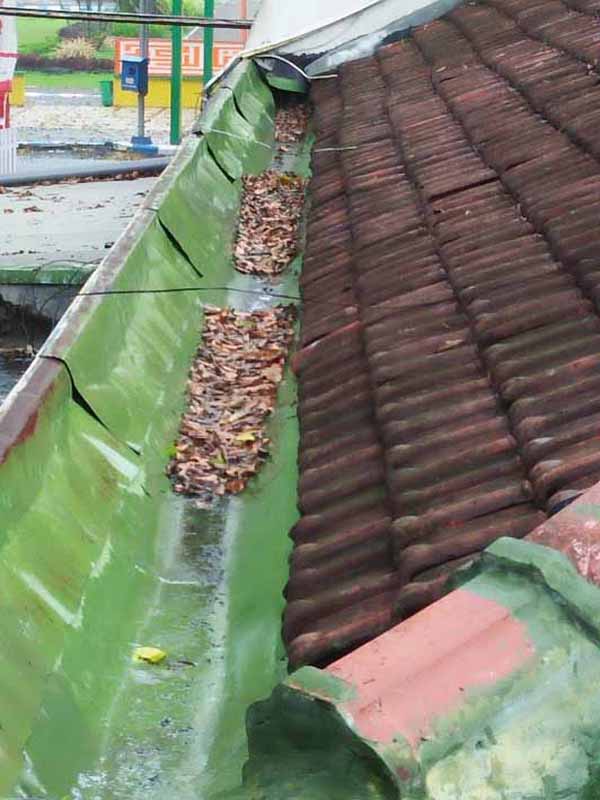
Prevention is not only when building a house, but when the house is finished and you occupy. Here are some ways to deal with a leaky roof after your house is occupied.
1. Perform Routine ChecksUsually the points that often experience leaks on the roof of the house are the drains and pipes. To easily identify problems at these points, you will find water still flooding the roof of the house. Therefore, you can immediately close the leak point. Make sure you pay more attention to these points and if they look eroded or damaged, do repairs immediately before the damage gets bigger. Leaks on the ceiling of a house do not always start from the leakage point only, Therefore, you must carry out a routine inspection thoroughly.
2. Checking Perimeter Roof Leakage at HomeAfter checking the drains and gutters, you should also check the completeness of the roof of the house from all sides. You should check the leak-proof coating on the roof tile and roof membrane. Try to find an area that has been torn and hollow which will be a place where rain water will easily flow in. Don't forget to check the mold and mildew that grows around the roof and clean it. Mold and mildew will only grow in moist areas, and it is definitely a leakage point.
3. Make a Clean Roof from PuddlesStagnant water on the roof of the house is the most common cause so that the roof of the house can leak. Therefore, you must clean the waterways and gutters so that our roof is free of water clogs. You must make the cleaning activity a habit in caring for and maintaining a thorough house cleanliness. Especially if you have shady trees that grow taller than the roof of the house, there must be leaves stuck on the roof of the house. The leaves have the potential to obstruct the flow of water down to the ground.
4. Air VentilationA roof that is too humid is also a cause of leakage during the rainy season. To avoid porous roofs, make sure your home has a good air circulation or air ventilation system. Build a window or hole on the top or under the roof so the room in the roof frame remains dry.
Ventilation does not have to be too big, but enough with a medium size. With this ventilation, air circulation remains smooth and rain water cannot enter through the hole.
5. Repairing the Caulking AreaRoofs that are often repaired by water usually have a lot of putty area that has been covered by a leak-proof coating. The putty is somewhat waterproof and can withstand bad weather. However, over time the roof putty can erode water, so that it will form small pores and make it easier for rain water to seep in. You should replace the putty in some problematic areas as an important part of how to deal with a leaky roof that needs attention. What's more, before the rainy season.
That's the way to deal with a leaky roof. Do it well, so you don't worry about facing a leaky roof when the rainy season comes. Do not let the roof leak making the family comfort disrupted and increase funding for roof repair costs.
 Bahasa Indonesia
Bahasa Indonesia  Inggris
Inggris
 Bahasa Indonesia
Bahasa Indonesia  Inggris
Inggris
 Bahasa Indonesia
Bahasa Indonesia  Inggris
Inggris
 Prevention is not only when building a house, but when the house is finished and you occupy. Here are some ways to deal with a leaky roof after your house is occupied.
Prevention is not only when building a house, but when the house is finished and you occupy. Here are some ways to deal with a leaky roof after your house is occupied.



